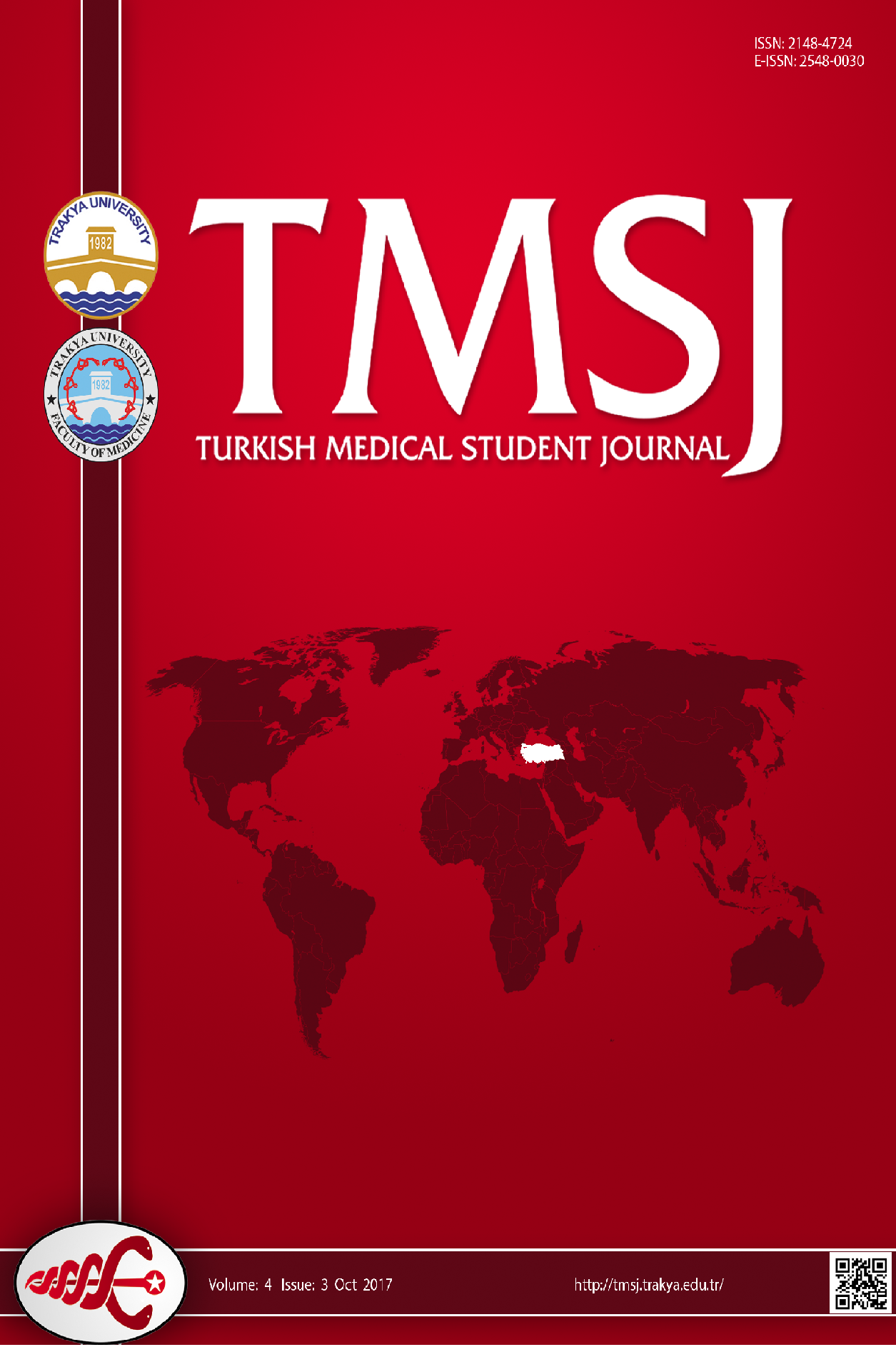
Turkish Medical Student Journal
Yazarlar: Gökhan KIRAL, Alperen Taha CERTEL, Irmak İ̇rem ÖZYİĞİT, Begüm SÖYLEYİCİ, Güray AYGÜN, Cenk GÖKALP
Konular:Tıp
Anahtar Kelimeler:Hemodialysis,Dialysis frequency,Chronic kidney disease,Biochemical parameters
Özet: Aims: This study investigates the relationship between the clinical parameters at the beginning of hemodialysis therapy and the changing in the frequency of weekly hemodialysis sessions in ongoing treatment. Methods: The study population was composed of all of the patients that were started chronic hemodialysis treatment between January 2015 and January 2020. The patients were classified as twice-weekly (2/7) and thrice-weekly (3/7) groups according to the hemodialysis schedule at the start of treat- ment. The 3/7 group is additionally subdivided according to the dialysis schedule switches to the thrice-weekly program. Basal demographics and biochemical parameters were obtained from medical records at the start of hemodialysis. Results: The total number of subjects in the study was 433 (141 in the twice-weekly program, 292 in the thrice-weekly program). Forty-six (32.6%) patients in twice-weekly hemodialysis program were shifted to a thrice-weekly program during the follow-up. The female/ male ratio in the 2/7 program is different from the 3/7 program. Serum creatinine and C-reactive protein levels were higher in patients on the 3/7 program. Serum calcium and albumin levels were higher in patients on a 2/7 program. The statistically sig- nificant increments were found in calcium, hemoglobin, hematocrit, urea, creatinine, and potassium levels between the before and after switch results of the 3/7 group which switched from 2/7. Conclusion: Urea, creatinine, and potassium levels can guide the decision to compose a hemodialysis schedule. However, patients' future weekly treatment schedules cannot be predicted by biochemical parameters obtained at the start of hemodialysis.